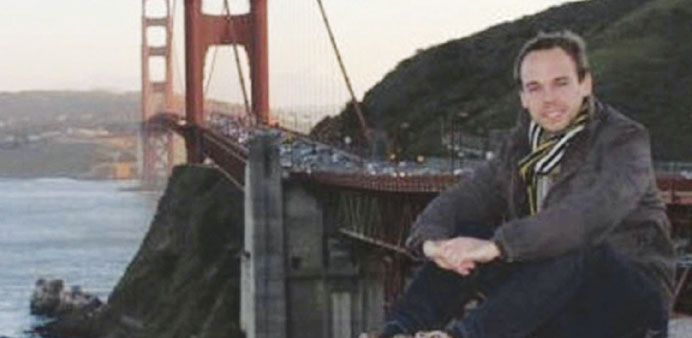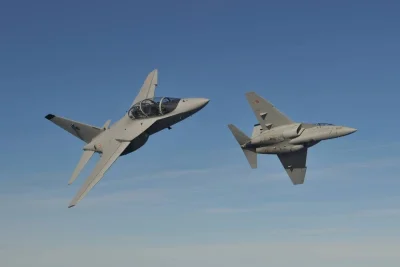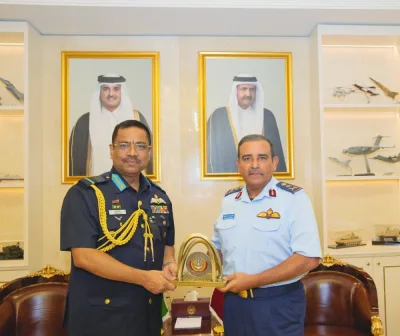Andreas Lubitz: all 150 people on board Germanwings flight 4U9525 died after 27-year-old first officer Lubitz locked the cockpit door, took control of the plane and veered it down from cruising altitude at 3,000 feet per minute.
By Siva Govindasamy and Swati Pandey/Reuters
As investigators probe why a young German pilot deliberately crashed an Airbus A320 passenger jet into the French Alps yesterday, pilots and psychologists warn there is no foolproof way to prevent similar incidents in the future.
All 150 people on board Germanwings flight 4U9525 died after 27-year-old first officer Andreas Lubitz locked the cockpit door, took control of the plane and veered it down from cruising altitude at 3,000 feet per minute.
German tabloid Bild reported yesterday that Lubitz received psychiatric treatment for a “serious depressive episode” six years ago, and the crash has prompted calls for more rigorous mental health and stress tests for pilots.
The International Civil Aviation Organisation (ICAO), the UN body that sets global aviation standards, recommends that someone with depression should not fly a plane. But it also states in its Manual of Civil Aviation Medicine that psychological tests of aircrew are “rarely of value” and not “reliable” in predicting mental disorders.
Asian airlines including Cathay Pacific, Japan Airlines, Qantas Airways and Singapore Airlines said potential pilots undergo a rigorous medical that includes a psychological test. Pilots must then pass a medical check-up, which includes some psychological tests, at least once a year. They also have access to confidential counselling services, the airlines added.
These may not be enough, analysts and pilots say.
“People are afraid they won’t be able to resume their jobs” if they self-report, said Gail Saltz, a professor of psychiatry at Weill Cornell Medical College in New York.
An experienced captain with an Asian airline added: “They ask about your mental health, about events that could affect you psychologically. But who willingly admits to anything that could lead to a suspension of their license? I won’t. I need my job.”
Pilots are encouraged to assess colleagues during flights and simulator training sessions, and speak up if they spot any potential issues, said an A320 captain with an Asian carrier. But he added that this is a delicate issue.
“Do you want to work in an office where your colleagues are snitching on you? That’s why this happens so rarely,” he said.
“Everyone has problems and some deal with it better than others. Not everyone will deal with it by crashing a plane. That’s an extreme reaction and nobody can predict it.”
David Powell, an aviation medicine specialist in New Zealand, said there were only 10 air crashes involving medical issues in an ICAO study of 20 years of global incidents.
“Could you reliably ensure that you’ll never have an airline pilot suddenly, deliberately crash aircraft?” he said. “Pilots are a highly screened population and highly scrutinised, but who can totally predict the behaviour of human beings?”
Several airlines have responded by requiring a second crew member to be in the cockpit at all times - already compulsory in the US.
“Never leave a person alone - that’s probably the most effective suicide prevention technique there is,” said Tony Catanese, a clinical psychologist at Glen Iris Psychology in Melbourne.
Previous incidents
Investigators believe Andreas Lubitz, the co-pilot of Germanwings Flight 4U 9525, deliberately crashed the plane into the French Alps earlier this week, killing all 150 people aboard.
While rare, there have been previous such incidents in which a pilot or co-pilot have brought down an aircraft.
♦ Mozambique Airlines
November 29, 2013: Mozambique Airlines (LAM) flight TM 470 flying from Maputo to Luanda goes down in northeastern Namibia killing 33.
Investigators said the captain had a “clear intention” to crash the plane. They said flight recorders showed the Embraer 190 went down while Captain Herminio dos Santos Fernandes manipulated its autopilot in a way which “denotes a clear intention” to bring the plane down.
♦ EgyptAir
October 31, 1999: EgyptAir flight 990, a Boeing 767 en route from New York to Cairo crashes into the Atlantic Ocean shortly after take off, killing all 217 on board.
An analysis of the black boxes showed that the pilot caused the accident and declared shortly before the crash: “I have just taken my decision. I put my faith in God’s hands”.
Egyptian authorities, however, rejected the explanation of pilot suicide, disputing among other things the interpretation of what he said in the black box recording.
♦ SilkAir
December 19, 1997: A Singaporean SilkAir Boeing 737 plunges into a river in Indonesia on route from Jakarta to Singapore. All 104 passengers and crew aboard were killed.
US investigators say the captain probably crashed the plane on purpose, while the main investigation led by Indonesia was inconclusive, though it did say pilot suicide was a “plausible hypothesis”.
A report by Singaporean accident investigators at the time said there were indications the flight had been deliberately downed and that the pilot had been in financial difficulties.
However Singaporean police investigated the claims and found that no member of the crew had any financial problems, and “no evidence that the pilot, co-pilot or any crew member had suicidal tendencies or a motive to deliberately cause the crash”.
♦ Royal Air Maroc
August 21, 1994: The pilot of a Royal Air Maroc jet crashes the plane into the Atlas mountains shortly after taking off from Agadir for Casablanca. All 44 aboard are killed. The probe, based on the last words of the co-pilot, quickly concluded it was suicide.
♦ Japan Airlines
February 9, 1982: A Japan Airlines DC-8 crashes into Tokyo Bay on approach to Haneda Airport. Twenty four people are killed.
A probe concluded that the pilot, who survived, was mentally unstable.
♦ Pilot suicide is also among the various hypotheses considered in last year’s disappearance of Malaysia Airlines Flight MH370 with 239 people aboard. The communications system was deliberately deactivated and the flight changed course.



